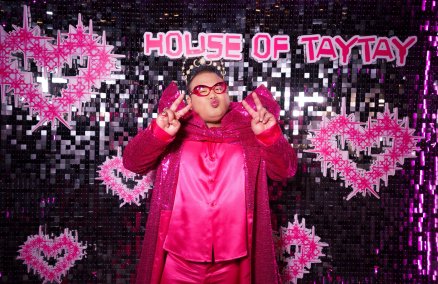When did you become involved with this issue?
A decade ago in 2006, a transgender woman named Samart Meecharoen decided to sue the Ministry of Defense to force them to change the wording in the conscription certificate called Sor Dor 43, which used the phrase “permanent mental disorder” to describe how transgender people could avoid conscription. Crucially, this goes on to affect a person’s life following the draft because companies always ask to see their Sor Dor 43 before hiring them. When an HR department sees that description then the chances are they will not hire you. Samart finally won her case in 2011, when the wording was changed to “gender dysphoria”—which sounds much more positive. But transgenders still face lots of difficulties to avoid conscription.
What do they need to do?
They need to start preparing at the age of 17, when they get their first military notice. By the time they are 20, they need to have gone to the hospital, which should be a military hospital, in Nov-Feb, to get tested by a doctor who can endorse the fact that they are transgender and cannot serve as a soldier. That way, they will have the correct paperwork in time for the annual conscription season from Apr 1-12. Most transgender women are afraid of what they might face. The worst case we encountered was someone contemplating suicide to avoid conscription.
Has the situation improved?
It was terrible about a decade ago. Most conscriptions happened in large public spaces like schools, temples or government offices. Transgender women were forced to strip down in front of guys, exposing their breats. Many of them were mocked and molested, made to do pageant contests. But the military has improved a lot since then, working together with gender identity rights groups, including us. There are no cases of indecency reported anymore. We really appreciate that effort.
Have there been any cases of transgender women who were conscripted?
Yes. If you’re transgender and middle class, then you have the money to transform yourself to look like a woman. But not everyone has the ability to do that. There are many poor transgender conscripts who need to work hard to take care of their parents in rural areas and who still look masculine. We had one case in which a male-looking transgender woman needed our help to resend her papers, prove she wasn’t a man and revoke the conscription.
Where can people find your guide?
Apart from our office, we distribute it to government offices and military bases where they work on conscription procedures. Since we only have a limited print budget, we try to promote it on social media and our website as much as possible. We now get calls from parents, boyfriends of transgender people and even regular guys who just want advice about the conscription process.
What else does ThaiTGA work on?
It might seem like the transgender community now has more freedom, but in reality there is still a lot of violence against them, mostly from their families, schools and the workplace. Society still views us as an abnormality, even in Thai health education textbooks. It creates a discriminatory mindset, resigning us to second-class citizens, sexual objects or entertainers. So we’re trying to spread a more positive attitude and ensure society understands us.
Interview by Monruedee Jansuttipan















